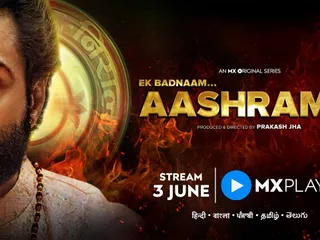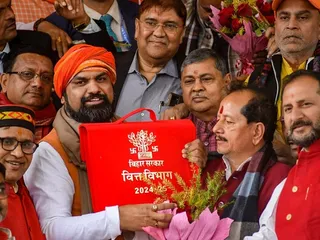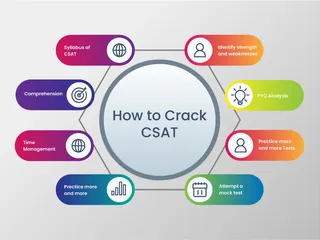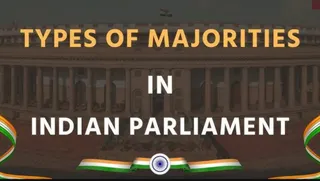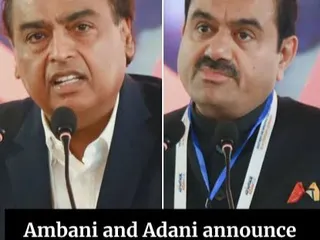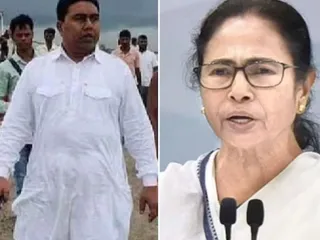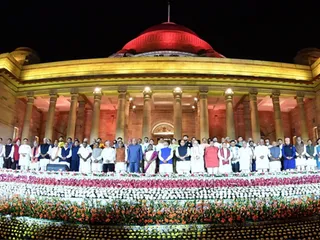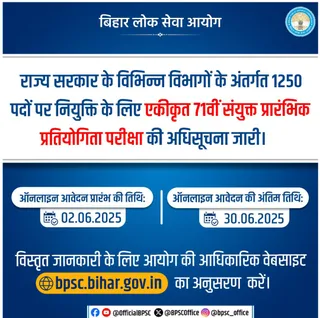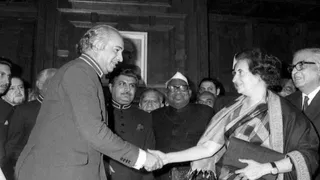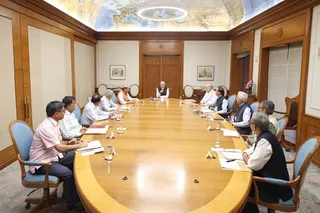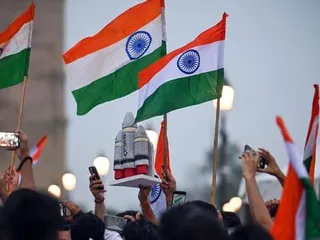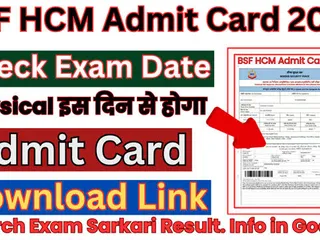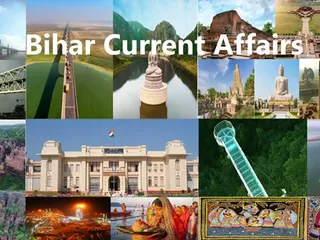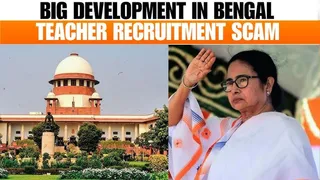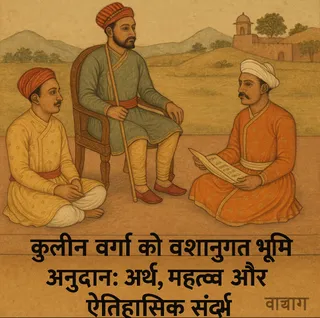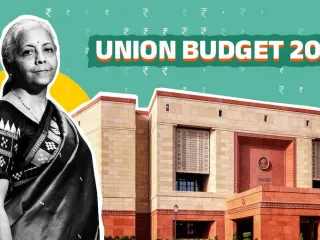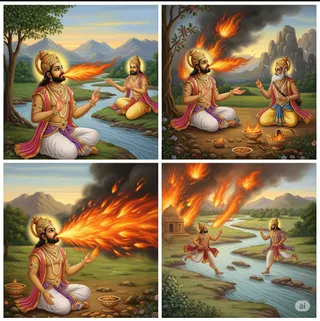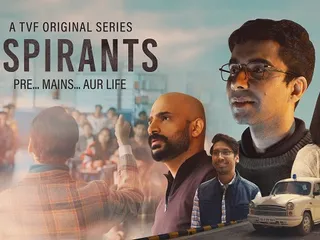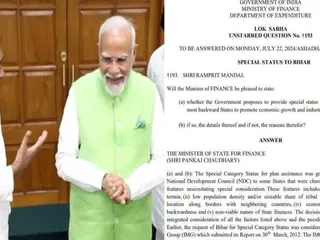Article 2 of the Indian Constitution outlines the procedure for admitting new states into the Union of India or establishing new states within the existing territory. This article grants the Parliament the power to form new states by separation of territory from any existing state or by uniting two or more states or parts thereof or by otherwise altering the boundaries of any existing state.
Key Aspects of Article 2:
- Parliamentary Power: The power to admit or establish new states rests solely with the Parliament of India. This is a significant demonstration of the central government's authority over the territorial integrity of the nation.
- Process: The process typically involves a proposal from the affected states or regions, followed by consultations, and finally, a parliamentary act. The process is not solely legislative but also involves administrative and political considerations. Often the parliament will consider reports and recommendations from commissions or committees before passing the legislation.
- Conditions: While Article 2 doesn't explicitly list conditions, factors such as geographical contiguity, population, administrative viability, and the overall political feasibility are often considered.
- Judicial Review: While the Parliament has primary power, the Supreme Court retains the power of judicial review. Any legislation under Article 2 is subject to judicial scrutiny to ensure it aligns with the Constitution's basic structure and principles of federalism.
- Difference from Article 3: It's important to distinguish Article 2 from Article 3. Article 3 deals with the formation of new states and alteration of areas, boundaries, or names of existing states. Article 2 deals exclusively with the *admission* of entirely new states, potentially from outside the existing boundaries of India.
Article 2 plays a crucial role in shaping the political map of India. It reflects the dynamic nature of the Indian federation and its capacity for adjustments based on evolving socio-political and geographical realities. However, the process is subject to political negotiations and compromises to balance the interests of different stakeholders.
For a deeper understanding, refer to official legal resources such as the The Constitution of India (as amended up to date) hosted by the government of India.


